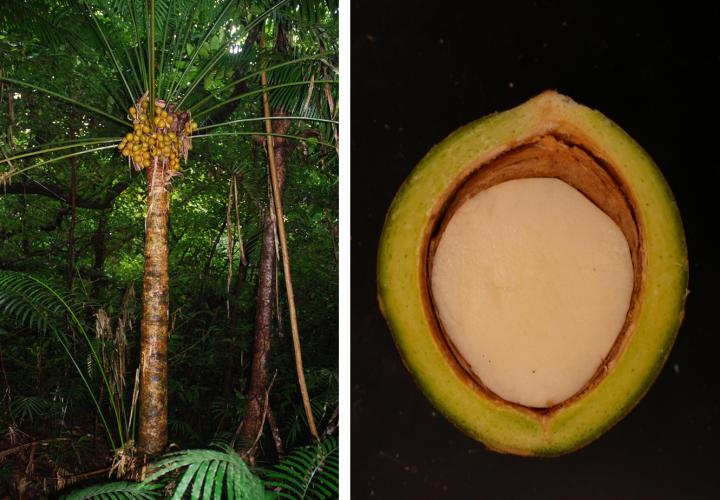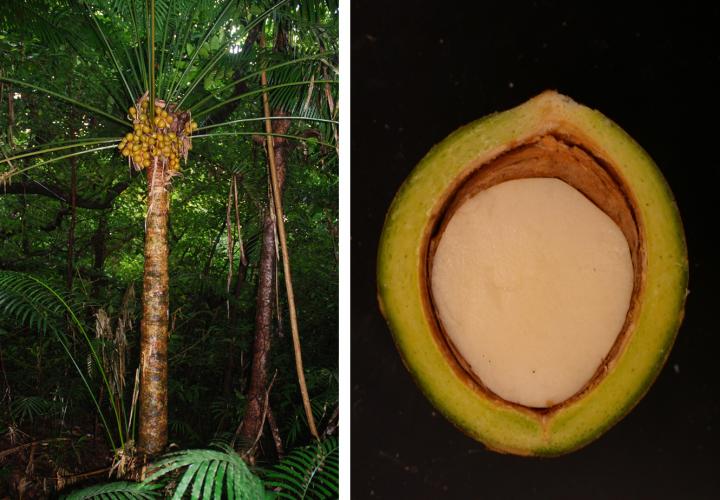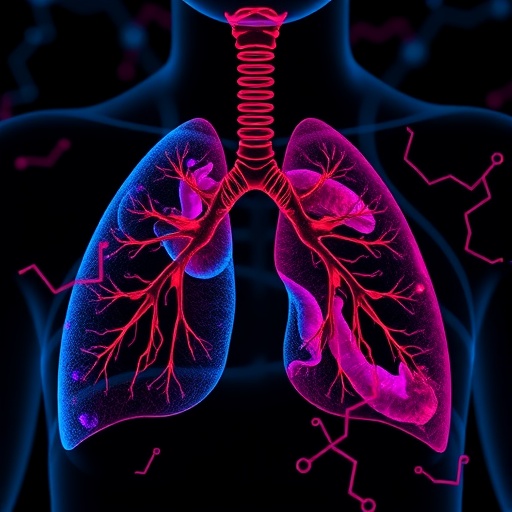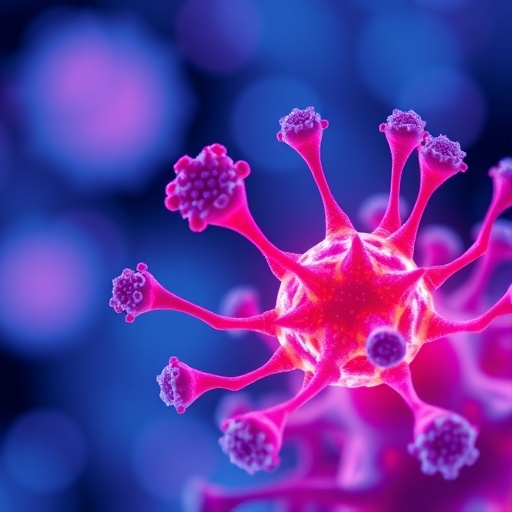
Credit: Thomas Marler
Learning how to make a seed was one of the crucial transitions for the world's plants. The competitive advantages that seed-producing plants possess has led to their dominance in most contemporary natural habitats. Additionally, the crops that comprise the bulk of today's human diet are all seed-producing plants. The original plants that learned to make a seed did so without a flower and fruit to aid in the process. Some of these original plants have persisted throughout the eons, and studying these plants offers scientists an opportunity to uncover some of the traits that have enabled their persistence.
Cycads comprise one of the groups of these ancient plants. University of Guam horticulturists Thomas Marler and Nirmala Dongol recently studied the seed storage tissue for Guam's native cycad species Cycas micronesica. The experimental results appeared in the September 2016 issue of the journal HortScience.
"We knew that these seeds contained copious starch," said Marler. "At times throughout recorded history the seeds from this abundant tree were exploited as the primary source of starch for human consumption." However, exactly how much starch and how that starch content related to other components of the carbohydrate profile were not known until now.
The experimental results indicated the patterns for sugar changes were opposite of the pattern for starch changes as the seeds aged. The simple sugars fructose and glucose were at their highest concentrations in young seeds, and declined to stabilize after about one year of seed growth. Concentration of the disaccharide sucrose always exceeded that of the other sugars, but also declined in value until about 14 months. In contrast, starch concentrations rapidly increased during seed maturation until about 18 months, and greatly exceeded sugar concentration regardless of seed age.
The sugars and starch collectively comprised about 70% of the total weight of the seed storage tissue. The authors noted that seeds of this cycad species are buoyant and exploit oceanic currents to disperse from island to island. The ample supplies of carbohydrates packaged within the seeds may be crucial for sustaining embryo health during this arduous journey on the open ocean.
On a pragmatic note, this Guam research also highlighted how scientists need published information from empirical studies to inform plant conservation decisions. This new information on how cycad plants successfully take care of their dispersed embryos may aid in improving conservation nursery protocols.
###
Media Contact
Olympia Terral
olympia.uog@gmail.com
http://www.uog.edu
############
Story Source: Materials provided by Scienmag





